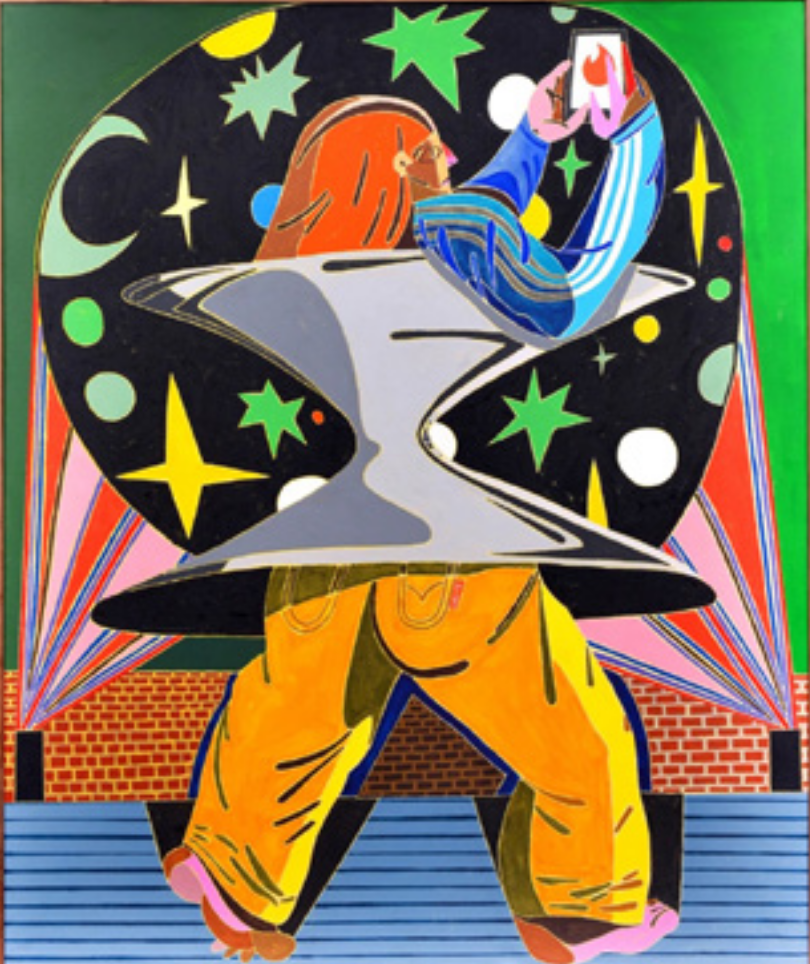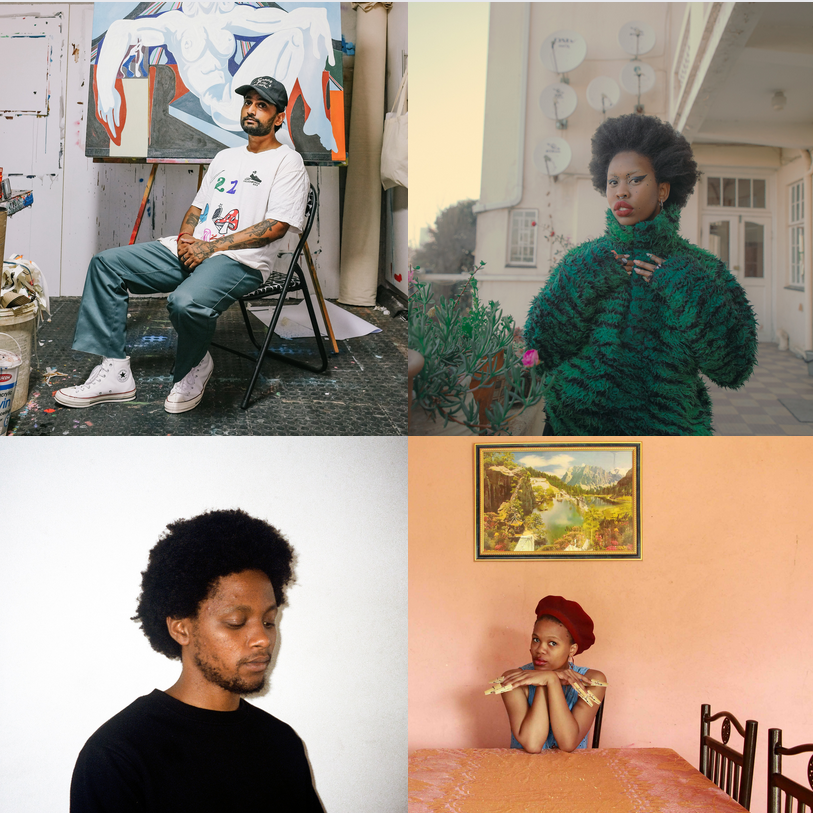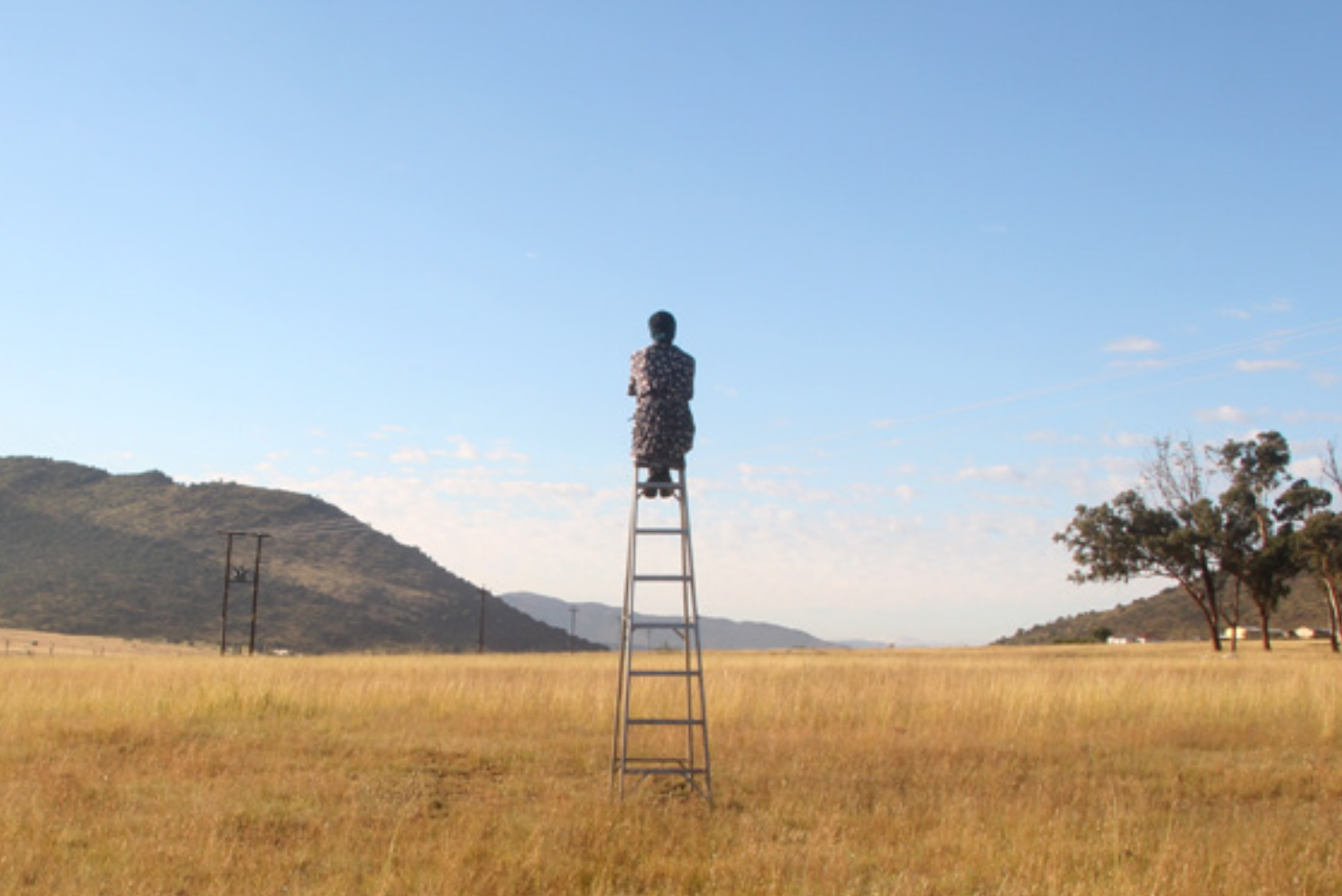This year the curator for the MTN x UJ New Contemporary Awards is writer, curator and artist Khanya Mashabela.

Khanya Mashabela is currently working at the not-for-profit A4 Arts Foundation in Cape Town. A4 seeks to be a place of experimentation and to foster the arts as a catalyst for change. Prior to this, she worked as a curator at the Norval Arts Foundation where she co-curated And then you see yourself: Zanele Muholi and curated Mixed Company, and served as the Gallery and Special Projects' manager at the Cape Town Art Fair.
Recently, she has written artist bios for Phaidon’s African Artists book and continues to cover art in her writing, which has appeared in Artthrob, The Mail & Guardian and Riot Material amongst other publications.
For this year’s awards, Mashabela has chosen the title Subject:Object, with artists looking at the ways in which identity is constructed and communicated through objects in both the digital and physical realms.
The four artists chosen resonated with the digital arts, and their work looks at the way the increasing speed of change in contemporary culture makes it increasingly difficult to make definitive statements about identity and our society. To read more on the MTN x UJ awards, click here.

In this piece, Mashabela reflects on her curatorial experience for the MTN X UJ New Contemporary Awards, and gives us insights into what drives her practice.
Can you describe a defining moment, or moments, that led you to be a curator?
Curatorship is a career path that most people are not aware of when they are younger, though I think that is changing. I learned a love of culture through literature and creative writing as a child. I chose Art History as an elective in university on a whim, as I had not studied art in high school, and it ended up being my second major. During university, I began going to exhibitions and meeting artists, then working as a gallery assistant and writing reviews of the exhibitions I was seeing. Writing helped me to garner trust and support in my ideas from friends and colleagues, which allowed me to begin curating exhibitions.
Tell us why you chose Subjects:Objects as the title of the awards?
I am interested in what separates art from other forms of culture. What is it able to express that many other fields cannot? Being able to isolate a particular object that might be commonplace and ordinary, and turning it into a symbol of individual or shared experiences and beliefs is an incredible thing. I wanted to emphasise the unique ways that the selected artists are able to use objects to express something about their own subjecthood, or the wider human condition.
"I do not think that the physical world will stop being important, now we just live in more ‘worlds’ than one."
The exhibition focuses on the ways in which we construct our identity. How has advancing technology shaped this?
I’m interested in how the Internet has globalised the fields of reference upon which we form our identities. I could have more interests in common with someone living in a country I have never been to than the people physically surrounding me. Another effect is that the Internet and social media has standardised acceptable forms of identity expression. I am excited by the work of artists that does not fully fit within the confines of the ‘normal’ ways we see identity expressed in mass media.
In what way do you see the rise of digital art increasing accessibility to art?
I would say that the rise has already occurred, depending on how you define digital art. The artists in this exhibition have been exposed to online media for most of their lives, it is the primary way that most of us view art. But we are all also very interested in making things, and in the world around us. How paint works on different surfaces, how salt sounds when it hits the ground, what our bodies look like, how we feel when we dress in a particular way, etc. I do not think that the physical world will stop being important, now we just live in more ‘worlds’ than one.

What did you look for when selecting the four artists for these awards?
Commissioning new artworks for an exhibition is very different to doing an exhibition of existing works. I selected these four artists because I am interested in their ideas and wanted to know more, but also saw that they were in a moment where they wanted to explore new ideas and to challenge themselves. UJ Art Gallery is a daunting space because of its size, but they all exceeded my expectations by being ambitious and experimental.
What can viewers expect from the four artists you have chosen?
Expect to see four artists with very different viewpoints. The exhibitions that I have enjoyed most are the ones that demonstrate contrast, but also commonality where you least expect it. I have had the privilege of delving into their worlds for almost a year, and I’d like to share that feeling with viewers. Expect sound and colour, but also many meditative moments.
Which aspect of the process of working with artists have you found most interesting?
Learning their frames of reference, understanding their challenges and ambitions, and helping them accomplish something creatively that they have wanted but were struggling to execute.
"‘Curator’ is like ‘artist’. It is a title that does not define a single kind of working environment or set of daily tasks. For me, it is defined as supporting artistic practice."

How would you define the role of a curator in the South African art world?
‘Curator’ is like ‘artist’. It is a title that does not define a single kind of working environment or set of daily tasks. For me, it is defined as supporting artistic practice. Perhaps that is too broad but I wouldn’t be able to narrow it down further. Every day looks different depending on the project. Sometimes that means researching and writing long essays, coffee and conversation with artists, trawling the Internet looking for temporary fencing, or negotiating with a supplier over an order of 75kg of Epsom salt (all examples from this one exhibition).
What is the most important lesson you have learned while curating these awards?
Allow people to surprise you.
Three words to describe Johannesburg?
Sprawling and intense, but warm.




Comments